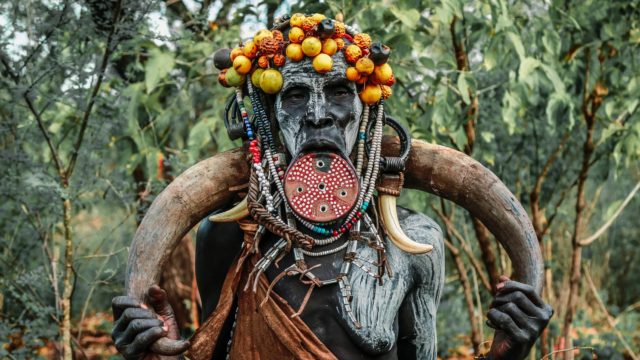
We were all eager to leave Turmi due to our horrible accommodations and get onto Jinka where we hoped hot showers would finally await us. Jinka proved to be my favorite city in all of Ethiopia. It is modest, but has a feel almost reminiscent of Guatemala or central America with lush foliage and plentiful tropical fruit trees. This town was a real reprieve and a nice example of how tribal life is integrating into the more modern world.

EXPERIENCE
Here we had a unique opportunity to meet Abush, the blue eyed Ari Tribe boy. Abush is a super sweet Ari tribe kid, he was just adopted from the orphanage here in Jinka which is great news. In a place where being different is not always celebrated, I felt very grateful to spend time with this charming boy.

Another highlight of Jinka is the Cultural Museum. This museum is very simple but informative. The content here is anthropological in nature and very difficult to process but great context to have mid way through a trip to the Omo. There is a lot to think about while visiting these remote tribes, including what the ideal fate of these groups should and will be in the upcoming decade. The subject matter focuses on tribal attitudes towards the role of women, FGM, violence, ritual scarring and other tribal practices. So much about what makes these cultures unique and fascinating is also not wonderful for those involved when looked at through a modern lens.
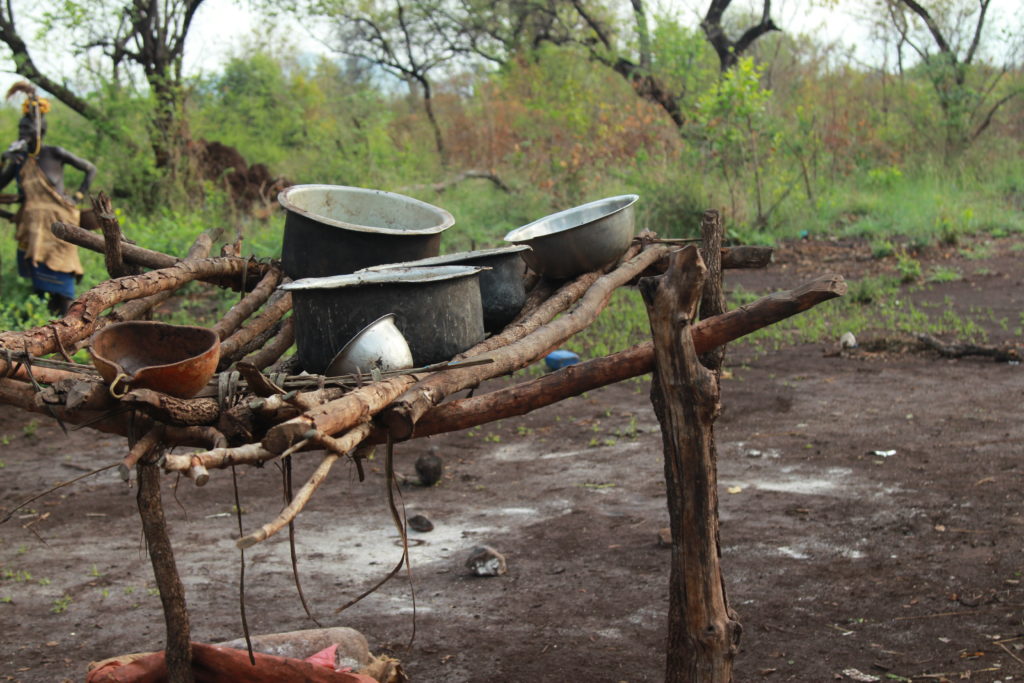
#6 ARBORE TRIBE
The Arbore we visited en route between Turmi and Jimka. they had one of the most beautiful villages we saw, with taller straw homes utilizing grasses from the nearby water. The women here wore beautiful necklaces that were unique to this tribe. The vibe here was quite relaxed when we visited and we were greeted to the village by storks and fish eagles along the road.
The Arbore are located at the northern edge of Mount Buska. The Arbore women are absolutely stunning, with extremely dark skin and strong features. Prior to marriage, the women have their heads shaved. They wear dark robes, colorful beads and their huts are constructed of tree branches. After our visit, we drove to Jinka.

#7 MURSI TRIBE
The Mursi are one of the better known tribes of the Omo and they live in Mago National Park. This indigenous group is brother tribes with the Suri and still intermarry. They are known to be a wild and sometimes unpredictable and angry tribe. We brought armed guards to ensure our safety while in this village. This is a smaller tribe but their elaborate traditional dress is quite impressive with many cow horns and cat skins.

While here an older women poked her head out of the hut and immediately stole the show during our visit. The Mursi Tribe live in Mago National Park. The tribe is closely related to the Suri and the women also wear lip plates as a way to beautiful themselves and earn a bigger dowry for the family.
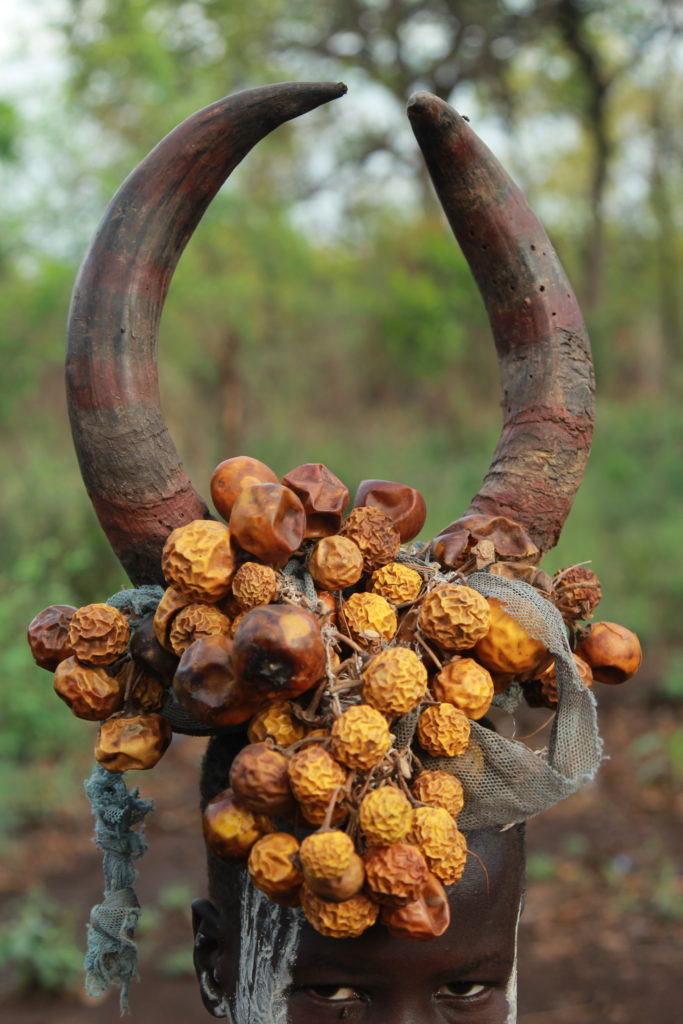
We made an early morning drive to photograph the Mursi who, like the Suri, have ornate body painting and the women have lip plates. In the afternoon we returned to Jinka for the night.
#8 ARI TRIBE
The Ari are the largest tribe of the Omo Valley with 300,000 people. They are very modern in their dress and live primarily around Jinka. I was not initially super excited to spend time with a “Westernized” tribe, but our time with these folks proved to be some of my most memorable moments of the trip in terms of personal interaction.
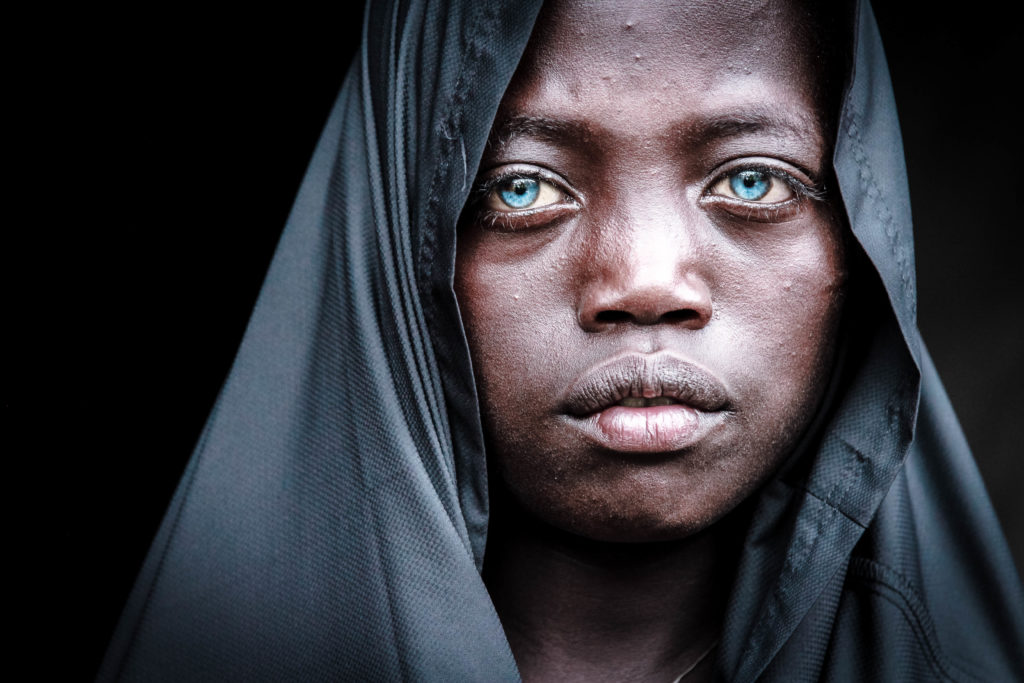
We were able to walk the village of Jinka and tour many of the local homes and see the people still working in very traditional ways despite more modern dress and housing styles. They showed us how they make injera over the open fire, how they craft tools as blacksmiths, how they ferment the local alcohol and how they throw clay vessels. The kids here were much nicer to interact with since they were less exposed to tourists and not transactional about wanting to be paid for photos. This felt like one of the more genuine interactions of the trip for me.
#9 BODI TRIBE
Unfortunately, due to some tribal conflict over a controversial new sugar plantation, it is not presently safe to visit with the Bodi Tribe, so we could not visit. They live even deeper into the Omo Vallley National Park than the Mursi.
STAY
We were thrilled to arrive at the Eco-Omo Tent Lodge, and even more thrilled when the power and hot water were restored 6 hours after arrival. This lodge is more of a glamping experience with canvased tents for sleeping with adjacent private bathrooms to each tent.. The beds here were very comfortable however and properly netted for mosquitoes. The lodge has a beautiful restaurant which is lovely to sit in for meals and to enjoy the view of the river in the distance. This lodge is also known for its spectacular bird life.

EAT
As far as food goes, the Eco-Omo lodge was the highlight of the trip. They have an Italian flare and really excel at their pasta entrees and pizza. They also had lovely fresh fruit salads and a nice breakfast in the morning. The food here felt very safe and high quality versus the other hotels we visited on the trip as the manager is well trained and very service oriented.
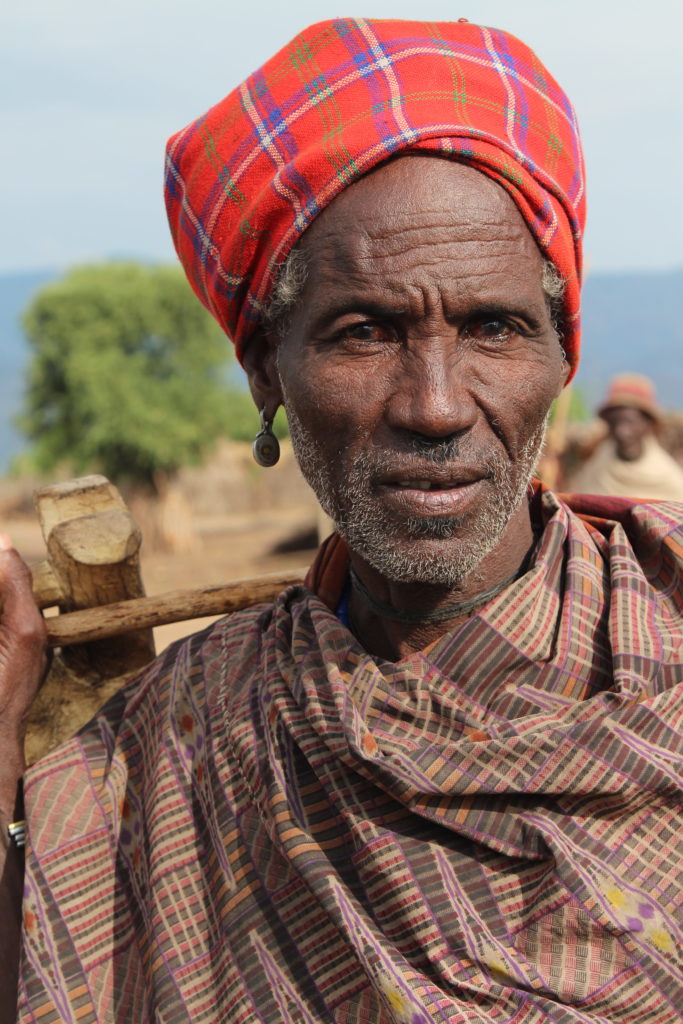

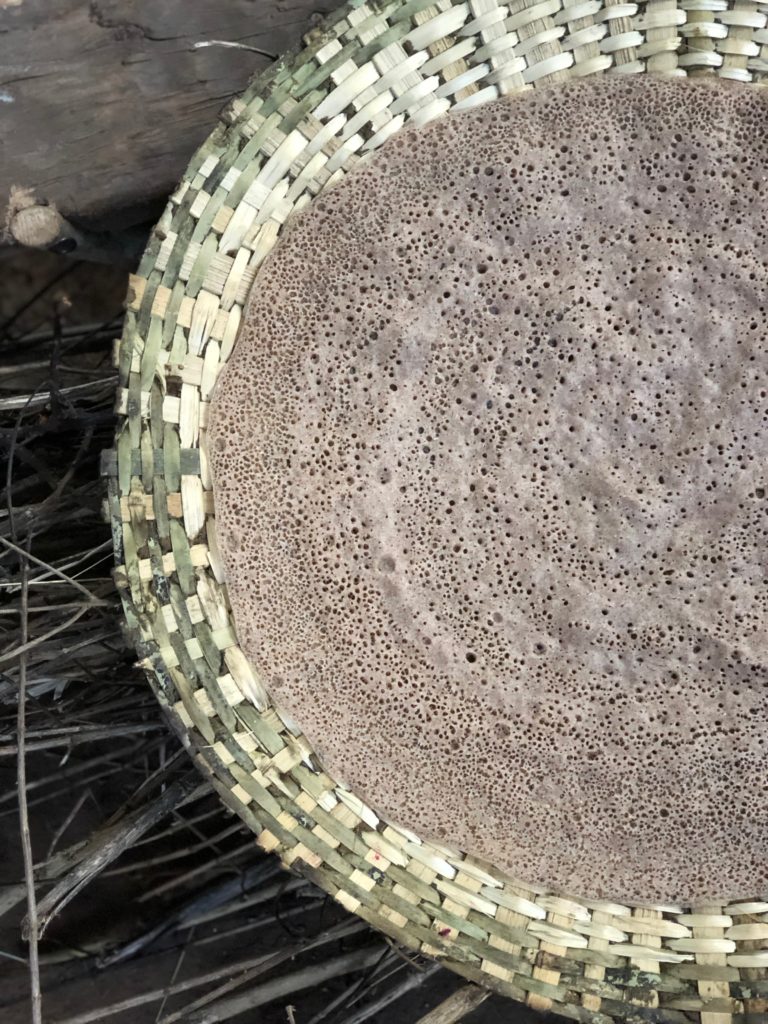



 RSS
RSS